Racing to survive in Desert Child
You’re a starving young urchin desperate to escape Earth before it turns to dust, in Desert Child you do this through any means necessary.
When I first saw Desert Child, from Akupara Games, I knew I had to get my hands on it. I’m pretty sure I even tweeted that to the game’s developer, Oscar Brittain. Simply being a racing role-playing game meant that it had already grabbed my attention, but set in a science-fiction setting? I had to see it first hand. And so… I did!
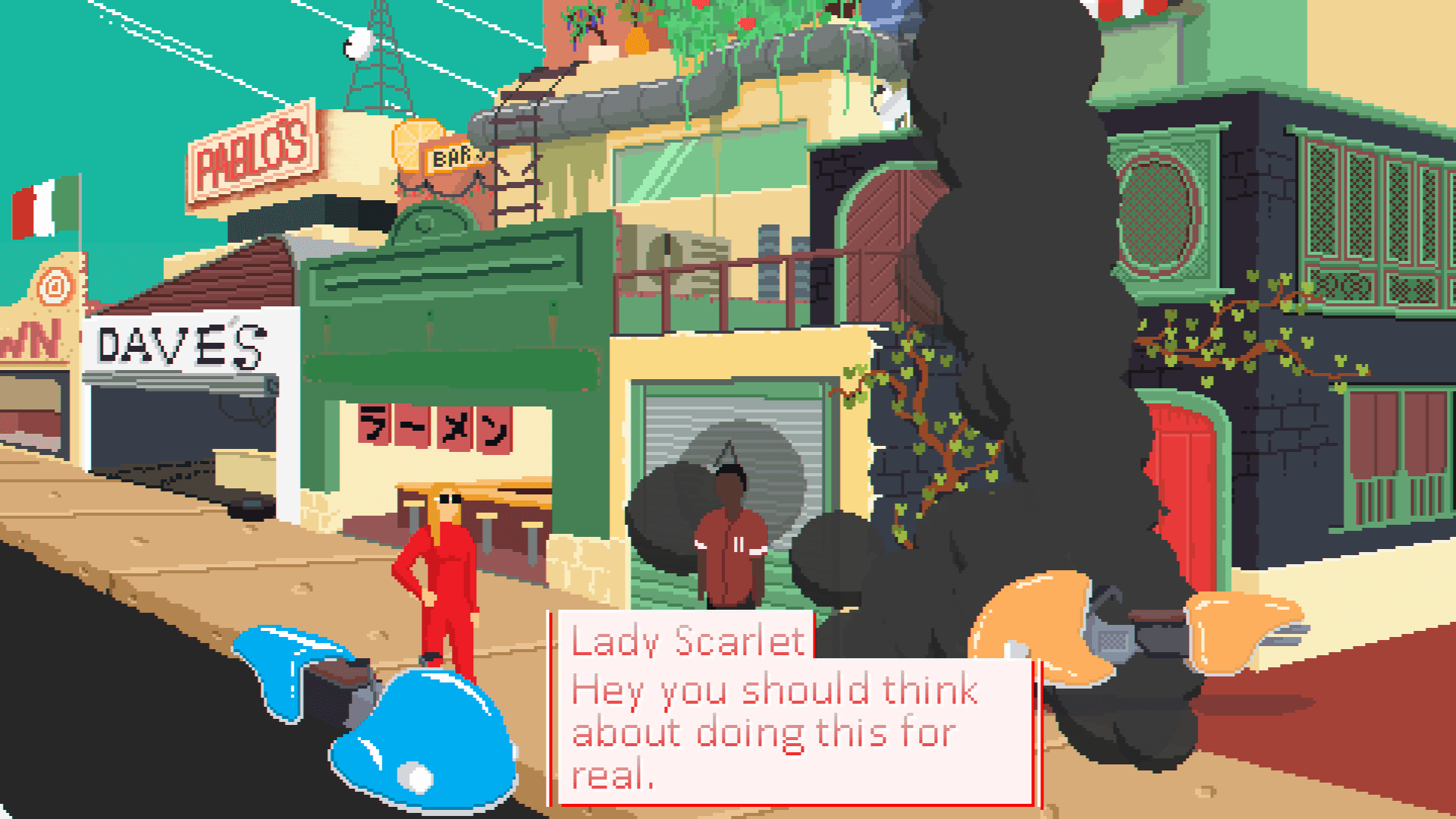
The first thing you do is a tutorial race, where you’re shown how to race and shoot. Of course, right? This is the most important element to the game, after all. But Desert Child does an excellent job of making the tutorial matter and feel like a part of the story. You find out from your opponent that you’re trying to get off the planet. That’s right. Your first goal is to save up enough money to pay for your ticket onto the last ship leaving Earth.
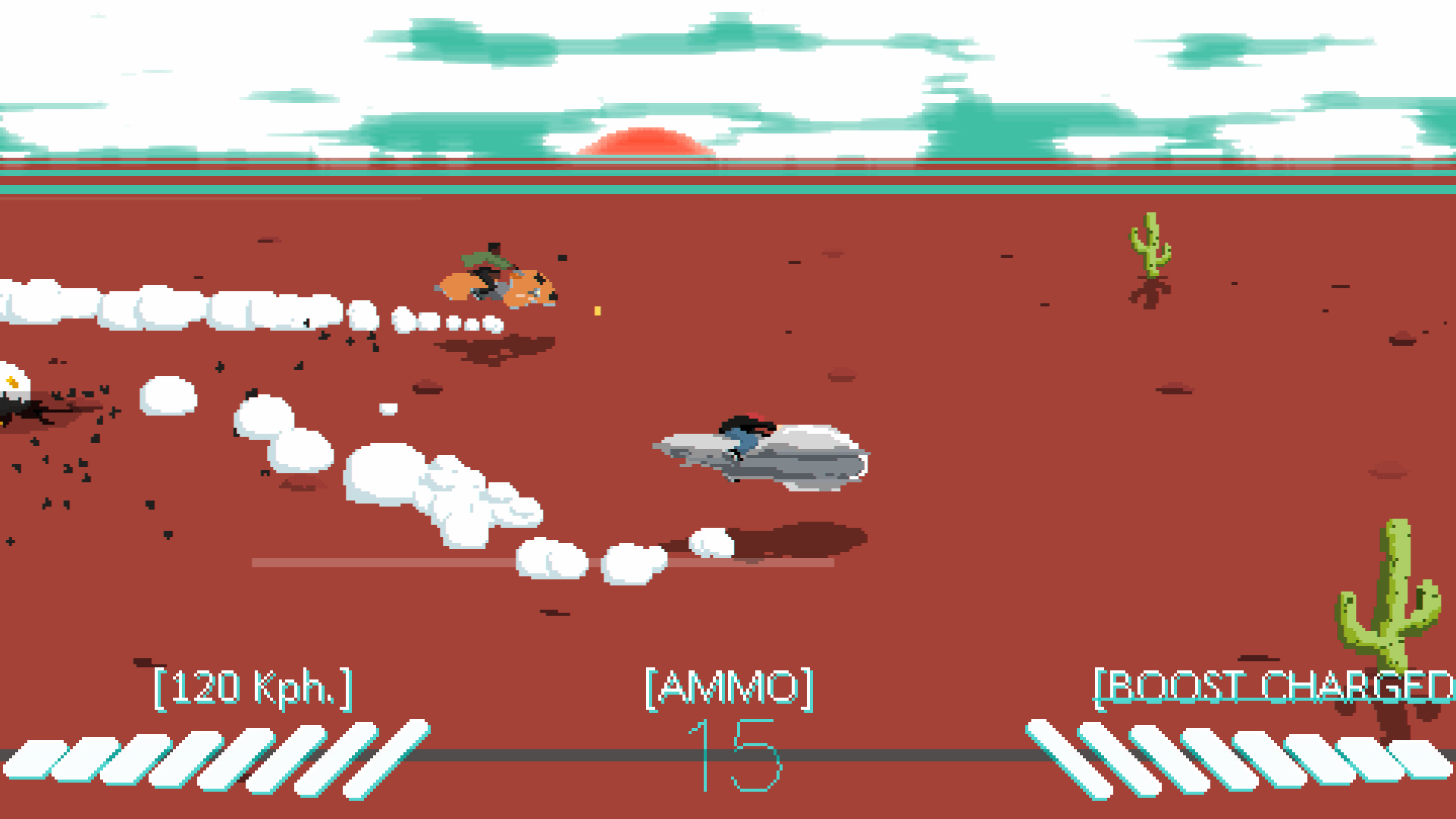
Sounds simple, right? It’s not, unfortunately. You’ll need to watch your character’s hunger and your bike’s overall condition. Your hunger is measured by a percentage that can be viewed on your tablet, or when you enter a restaurant. You can view your bike’s condition likewise, or simply by looking for the large clouds of smoke that begin billowing from a less-than-cared-for bike. No, your bike is NOT supposed to be on fire, Steve…
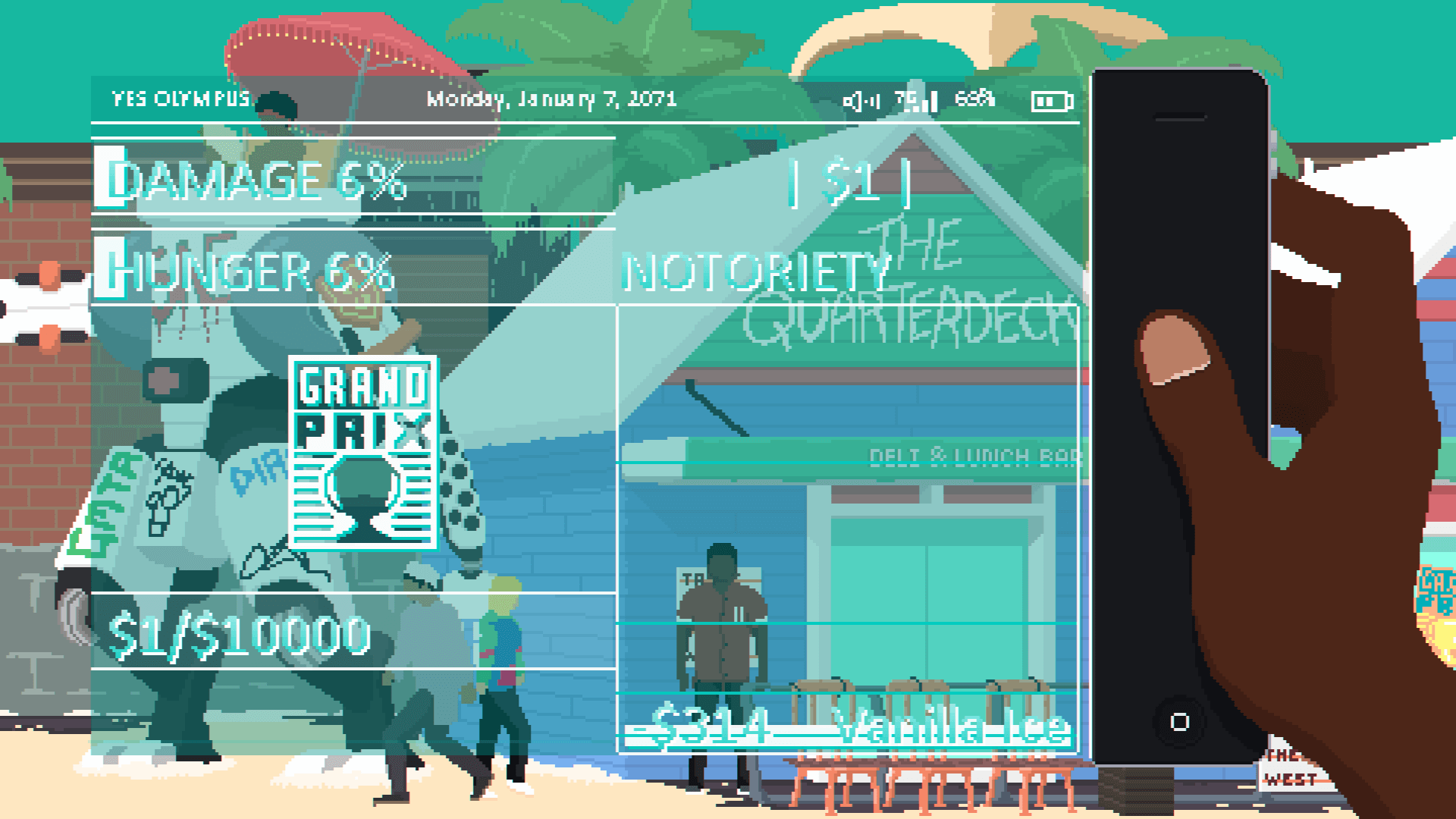
This took me about forty-five minutes to an hour to complete before I was off Earth and on my way to Mars. It probably shouldn’t have taken me that long, but I’d be lying if I said I was anything more than mediocre at the game’s racing. Desert Child has a beautiful method of handling its racing sequences, and it’s honestly one of the most unique experiences I’ve had in a shooter/racing game. So at first, it was completely disorienting, and I had to really get used to the depth of field of racing. You play from a side-scrolling perspective while soaring headlong into obstacles that you either avoid or try to shoot and destroy. Some of these give you parts and money if you destroy them, but if you don’t and hit them, you’ll take damage to your bike. It’s a risk, but the payoff can be worth it in the long haul.
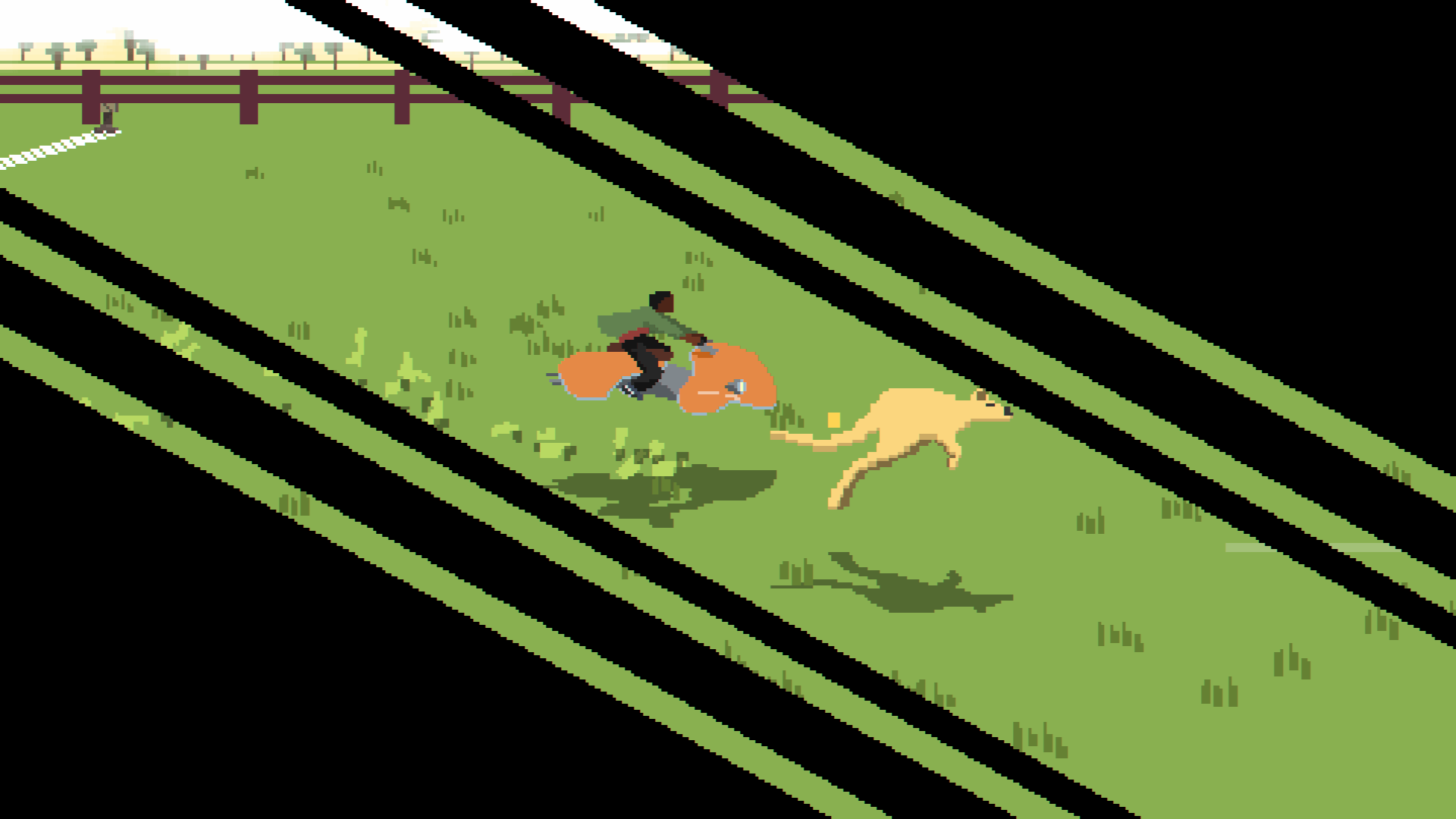
Once you’re on Mars, the game opens up and your mission is now to begin a career as a racer. Walking around Mars is amazing. You’ll find all kinds of things to do, and that’s good, because to be a racer, you need to upgrade your bike. A lot! To do this, you need money. So, I set out to find a job. Didn’t take long to find my first one… delivering pizzas! Yupp! You read that right; you deliver pizzas in Desert Child to raise money to upgrade your bike — and all to one of the catchiest little tunes you’ll probably ever hear. You’ll also find other jobs as well, from simply racing others to bounty hunting criminals. Whatever floats your boat, they probably have it. You can even just steal parts from bikes you find out on the street.
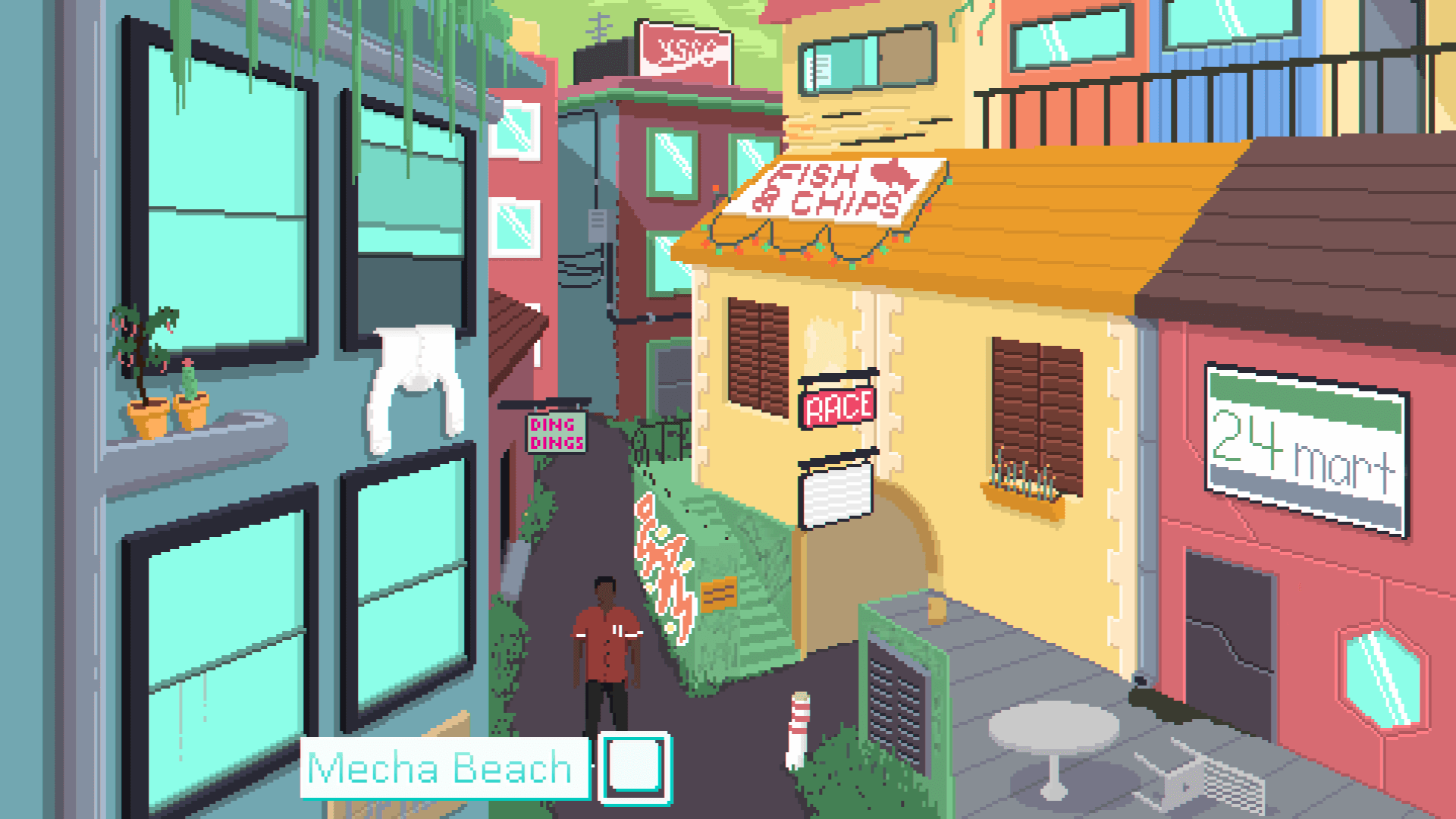
Once you have some parts, you’ll experience Desert Child’s unique upgrade system. To install a part to your bike, you have to have the right number of power cells for the part to work, and you have to use them to link the part to the power source after you’ve found a spot for it fit in the grid space. That’s right, you only have a limited amount of space for upgrades. You can’t just go slapping parts on willy-nilly.
Going back to the music, I wanted to mention that Desert Child has quite the soundtrack. With it’s lo-fi graphical aesthetics comes music to match. A majority of the soundtrack is by Oscar Brittain himself; you can also hear music from artists such as Ice Cream Sandwich, Sixixix, Girlfriend Material, Yokito Pilot, Choc Bomb, and (my personal favorite choice) Mega Ran! This is honestly one of my favorite game soundtracks in a while.
The final note I wanted to touch on is how the game approaches exploration. The city on Mars is probably one of the coolest places I’ve ever seen, and how Desert Child handles its cameras and controls during exploration is awesome. Just like in the races, the games utilizes a depth of view to simulate 3D while maintaining a linear exploration pattern. The city is divided into different sections, each with its own people, places and events to interact with. At each end of the sections, there are exits to different sections, and some even have multiple exits — creating a sort of spider-web effect. This makes Mars feel alive and makes it much easier to navigate to different areas when backtracking.
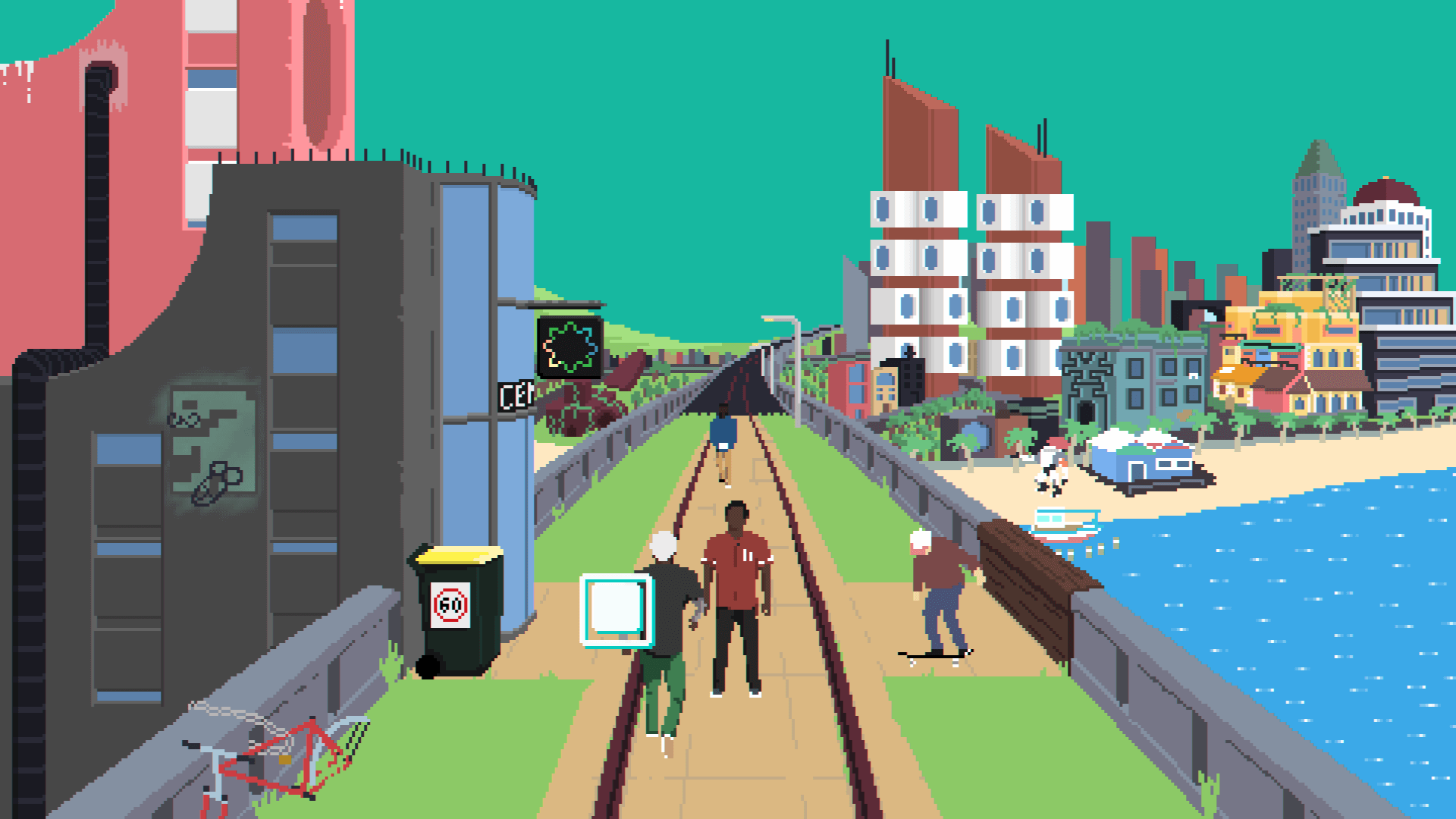
Honestly, I think Desert Child is one of the best sci-fi games to come out in 2018. It has a lot of what I look for in games I love to play, but of course it’s not without flaws, and it’s far from perfect. However, the nit picks I have could just be remedied with a bit of post-launch updating — things like adding more parts and opportunities for upgrading your bike, more music and maybe even multiple story lines. Maybe instead of a racer, I just wanted to be a bounty hunter. Adding more variety to the gameplay would also be good, as it does get repetitive at times and can feel extraordinarily grindy. Of course, I could also understand the developer calling it done and moving on. The game is done well, and I think it is a great release, overall. I would love to see more Desert Child content, but I am also contented with what is there, and can’t wait to see what else Oscar can do.
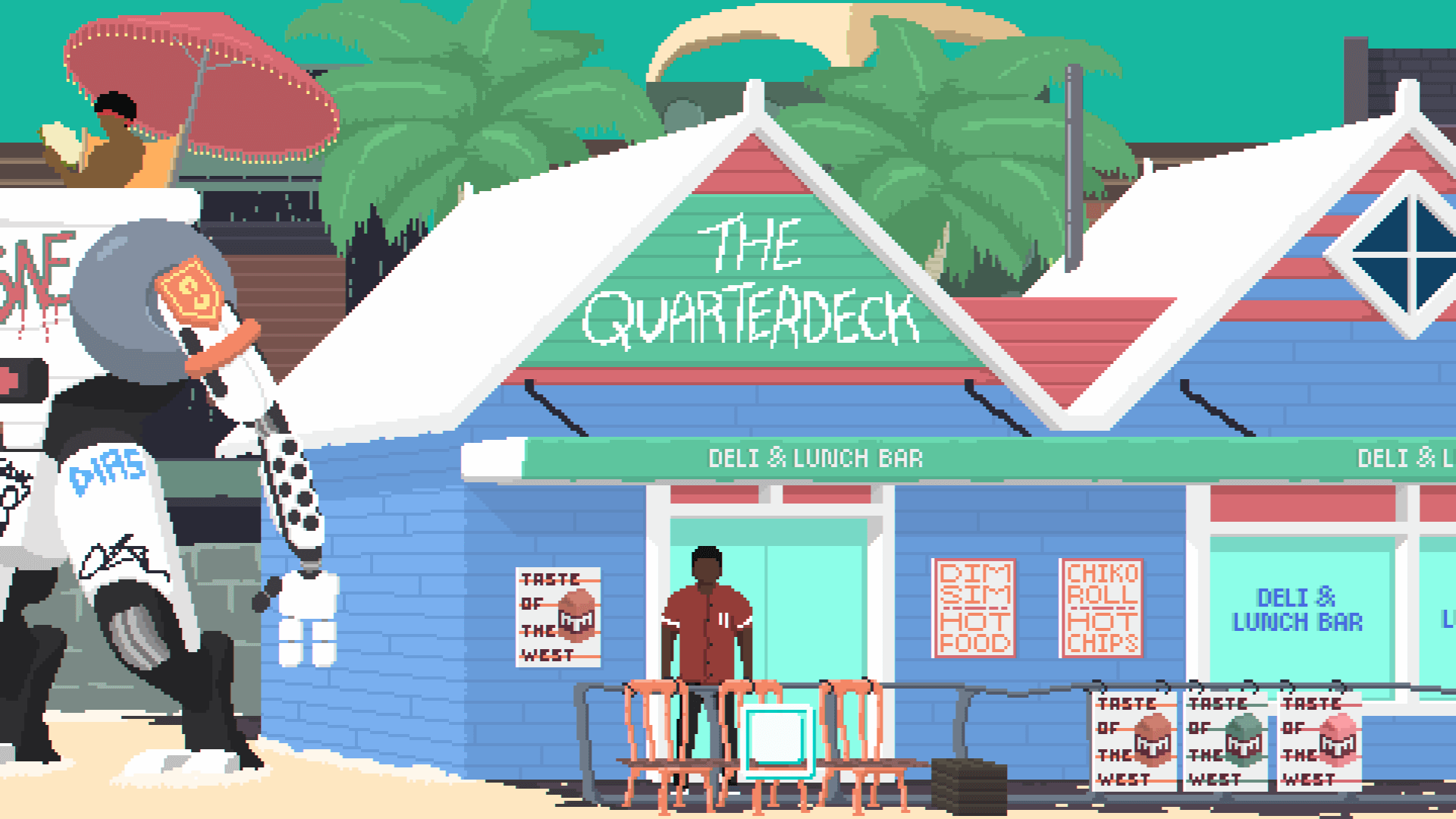
If you are into sci-fi games and would like to add a unique addition to your library, you would not regret adding Desert Child to it.
You can pick it up now on Steam, GoG, GameJolt, Xbox One, PlayStation 4 and Nintendo Switch for £8.99 ($11.99 USD)!
Comments are closed.